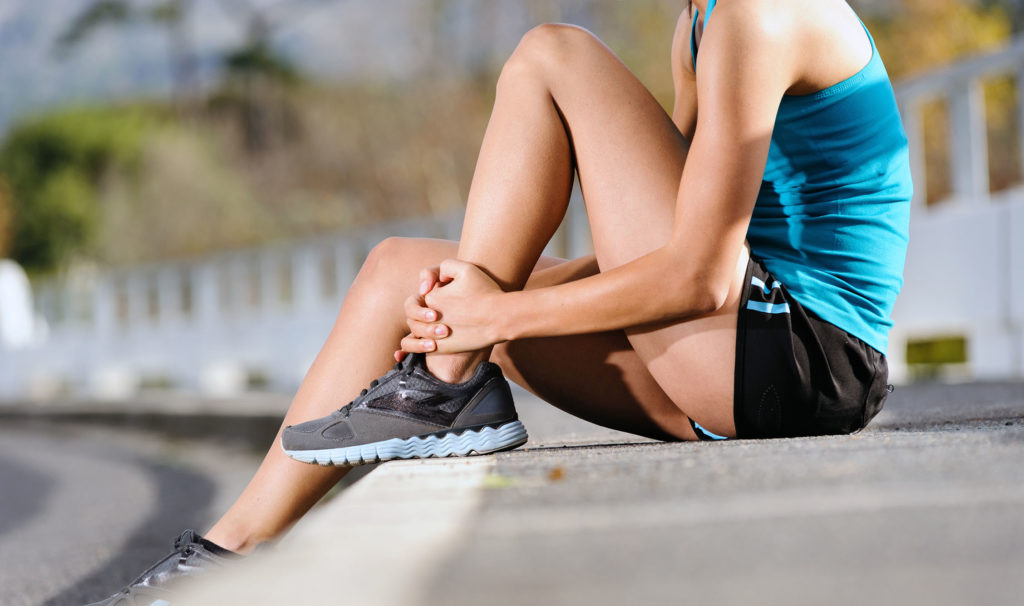Sports injuries are a common medical problem, and they usually affect the joints and back. The ankles, knees, hips, shoulders, elbows, and wrists are all at risk for repetitive stress injuries or the trauma of an immediate impact. It isn’t just athletes who are taking advantage of this medical specialty, either.
Often, the same techniques that are used to help a football player recover from their knee injury are the same ones that can help a senior citizen battle osteoarthritis. Recovering from a joint injury is the purpose of sports medicine, and this can extend to anyone who has suffered pain in these structures.
When the pain is particularly severe, surgery is often called for, but it isn’t the only solution to dealing with sports and joint related injuries. You can use many non-surgical interventions to control the pain, restore the joint to function, and heal the damaged tissue.
In fact, some injuries heal better with long term conservative therapy than with immediate surgical intervention. If you are interested in how to treat your sports injury without resorting to surgery, here are a few techniques that you and your doctor can employ to control your pain and restore your joint.
Home Remedies
For most sports injuries, the actions you take at home are sometimes all you need. First, rest is important. Some people try to power through their pain, and this can only lead to further damaging the joint or the back. If you are an athlete that can’t rest, you should try to see a sports medicine doctor that can help you determine what the best course is.
Second, you should try a mixture of ice and heat. For instance, if the problem is your knee, then you want to put ice on it for the first 24 hours to reduce swelling. After that, heat is usually more soothing.
Next compression is another home remedy that helps to keep the swelling down. Again, if your knee is hurt, you can wrap it in an elastic bandage to keep the swelling down. However, other joints, such as the shoulder and back, are more difficult to treat in this way. If they are your primary problems, then you probably need to see a doctor. Finally, elevation helps the blood flow back to your heart and away from your injured joint.
Knees and ankles respond very well to this, but other joints cannot be elevated. In this case, you may want to try over the counter pain medicines, such as Advil, to help reduce the amount of swelling in your injured area.
Physical Therapy
Physical therapy is usually the next step in sports medicine treatment if home remedies don’t work. You should probably see a sports medicine doctor if your pain is severe, doesn’t go away within five to seven days, or was accompanied by a popping sound.
After you are examined, a history taken, and diagnostic tests performed, your doctor will likely start you with physical therapy. There are many aspects to physical therapy, and they are not all about exercise. Although exercise and strength building are an important part of physical therapy, they aren’t the only options open to a therapist.
Heat therapy is often used to relax tense muscles around the injury, allowing for more effective exercising. You may also benefit from electrical stimulation therapy, or stim, that helps to strengthen weak muscles by passing a small current through them. Stretching is another important part of physical therapy, and you may be stretched out by your therapist to make your muscles as flexible as possible.
Some of these exercises may be assigned for home usage in between your sessions with the physical therapist. Finally, the therapist will help to increase your joint range of motion and improve muscle strength to stabilize the affected joint and help you to recover.
Chiropractic
Chiropractic is often used for back problems, but these sorts of injuries are quite common in those who play sports. In addition, back problems plague the non sports population, making chiropractic a good choice for those with injuries. In fact, chiropractic and physical therapy use a great deal of the same techniques, but chiropractors are known for making adjustments to the spine.
If you have a back injury, these adjustments can help to realign your spine and decrease your back pain, coupled with physical therapy techniques.
Other joints can benefit from chiropractic, as well. The hips are often a source of sports injury, and the adjustments can help to release the tension from the hips in addition to the back. The pelvis may also become misaligned, and adjustments can realign the bone to make walking easier.
Another joint that can become hurt is the sacroiliac joint, or SI joint. This is a connection in the pelvis between the sacrum, or lower part of the spine, and the iliac, or sides of the pelvis.
This joint can often be a culprit in back and leg pain, and a chiropractor’s adjustments can help to relieve the pain in this joint, restoring it to function.


Trackbacks/Pingbacks